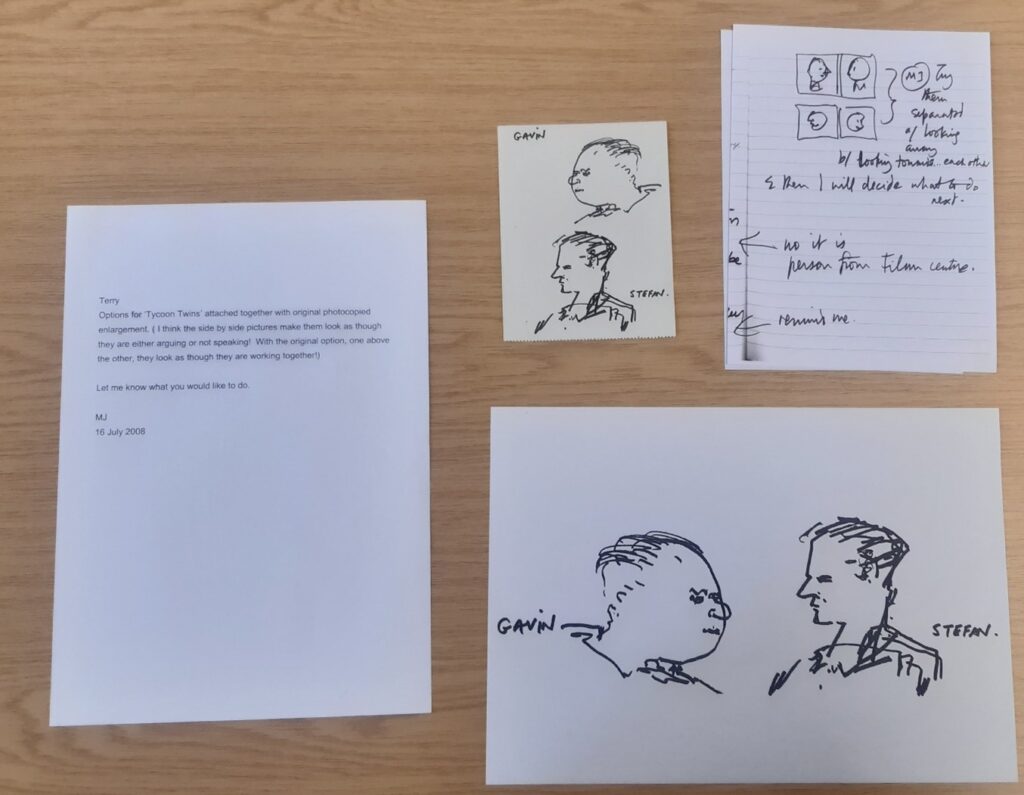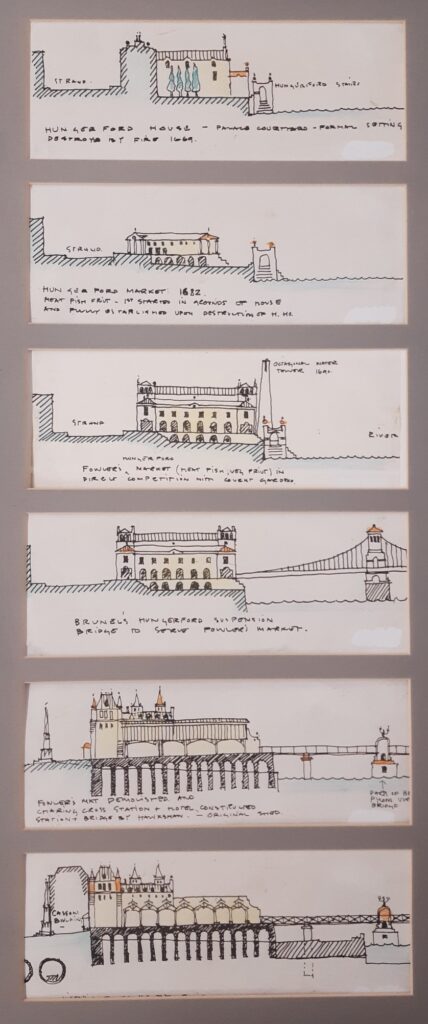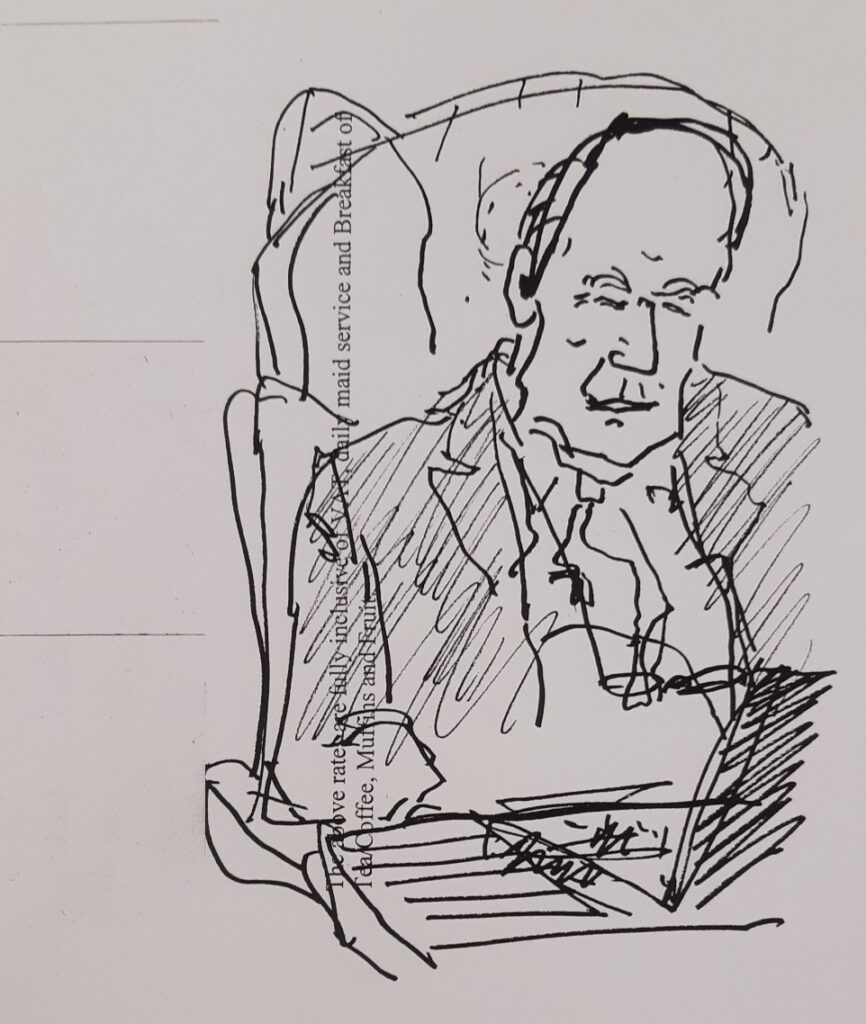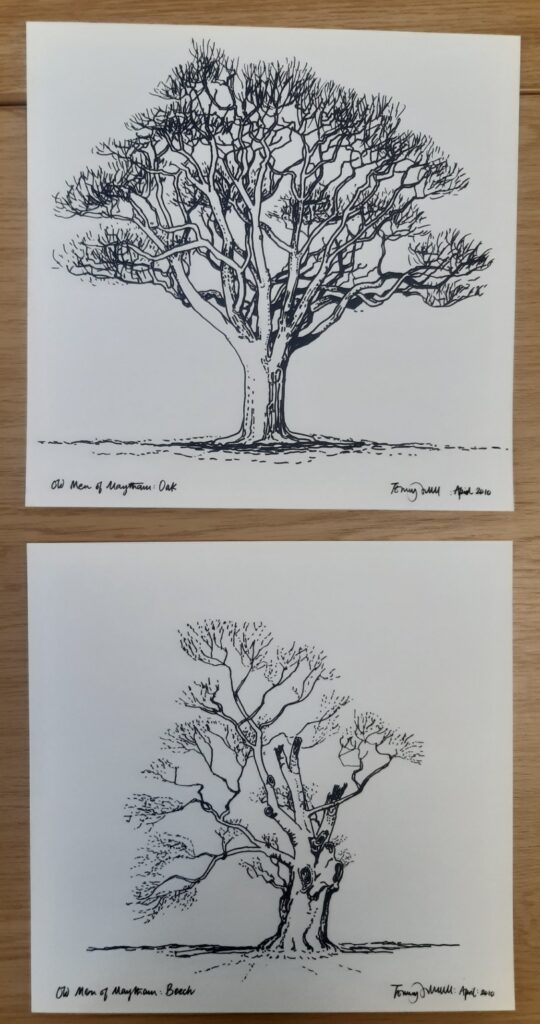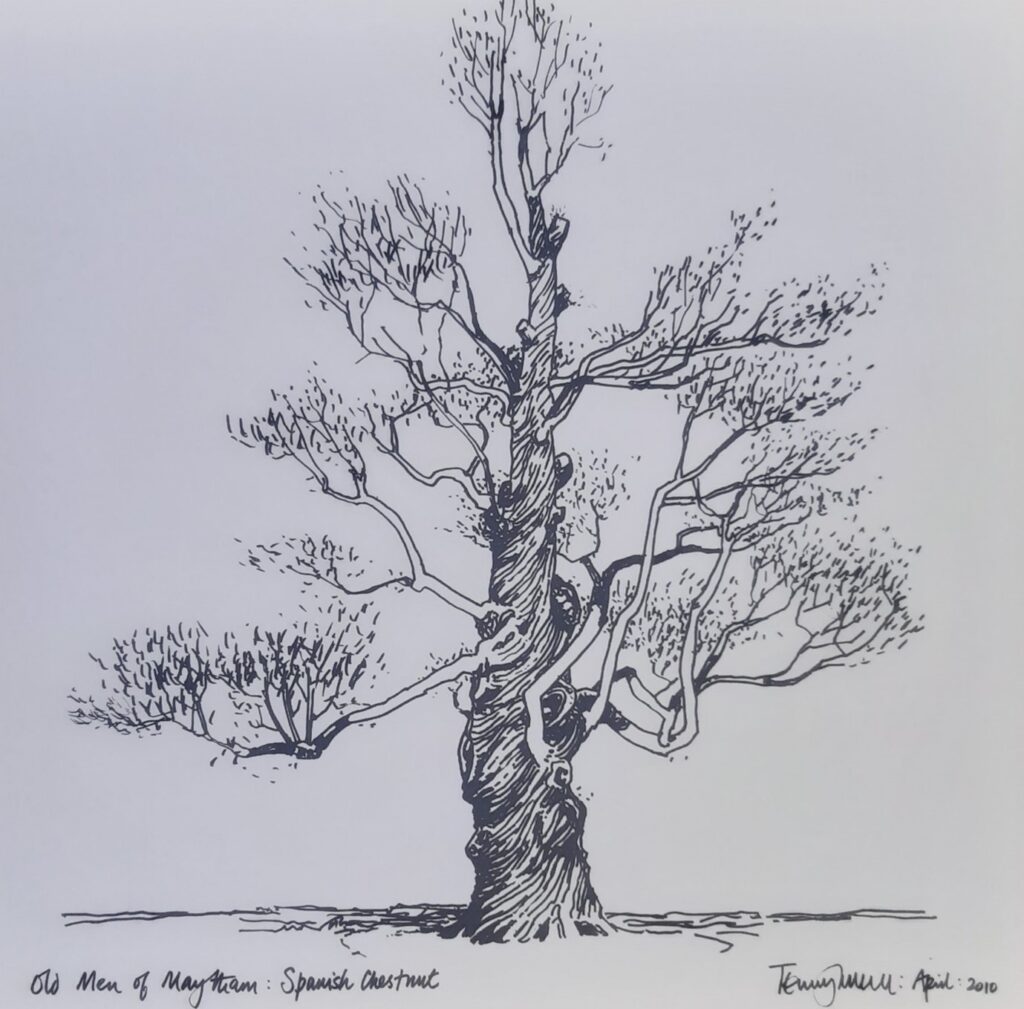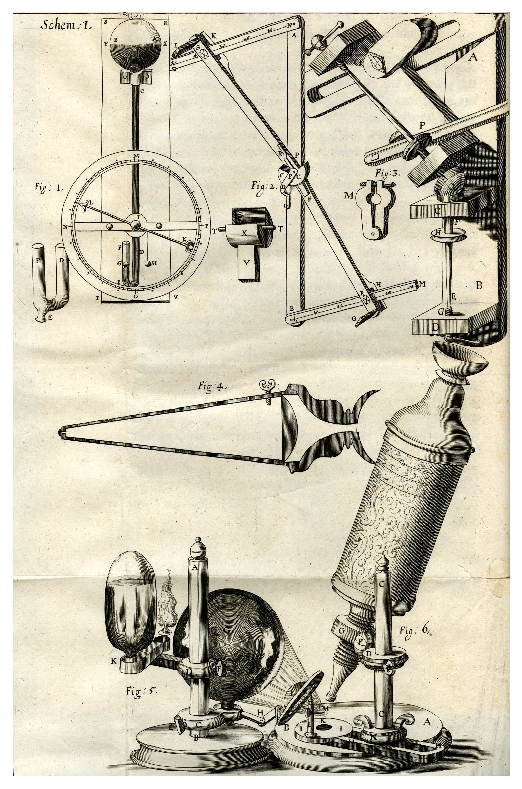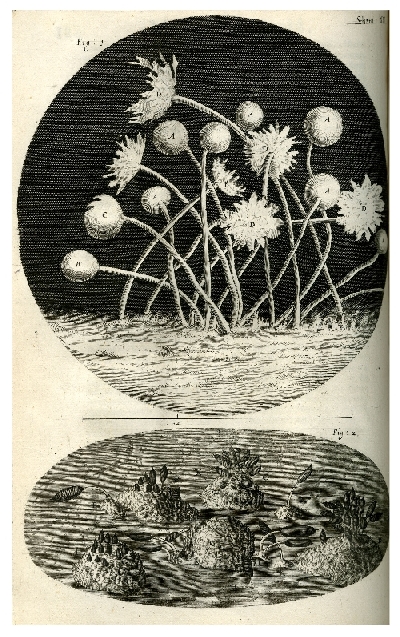Newcastle University is currently in the process of cataloguing the Sir Terry Farrell Archive, a collection of professional practice material from renowned architect, planner and urban designer Sir Terry Farrell. In amongst all the plans, correspondence and reems of project based material you would expect from an architecture firm there are also some more whimsical items. Namely caricatures and cartoons of urban features, people and the natural world.
Caricatures of employees often crop up in the collection. These caricatures entitled ‘The Tycoon Twins’ were intended to be hung in the company offices. They were created by Sir Terry depicting Stefan Krummeck and Gavin Erasmus, Directors of Farrells, Hong Kong. The correspondence note reads ‘I think the side by side pictures made them look as though they are arguing or not speaking, with the original option, one above the other, they look as though they are working together.’ The side-by-side option was clearly seen as being more effective.
Other caricatures are less formalised and are dotted throughout the concept and design sketches, possibly as a moment of distraction or procrastination.
Stylised drawings also make an appearance in some project work. Here are some sketched images showing the historical development of the Hungerford Bridge District, London from 1669 at Hungerford House and the construction of the suspension footbridge in 1845. These were also displayed in the company offices.
Sketching on the move is a common theme that runs through this collection. Caricatures form some of the material presumably produced by Terry when he was on his various travels. These images were located in a peculiar folder titled ‘Train portraits’. Maybe someone you know has been unwittingly sketched by Sir Terry.
Aside from buildings and people, there are also some beautiful drawings of elements of the natural world which have been anthropomorphised. These trees form a series of artworks titled ‘The Old Men of Maytham,’ and include an Oak, a Beech and a Spanish Chestnut.
Material has been used with permission of Farrells. Sir Terry Farrell’s archive has been generously loaned to Newcastle University Library and is currently being catalogued. Once catalogued it will be made fully available to the public. All rights held by The Terry Farrell Foundation.

